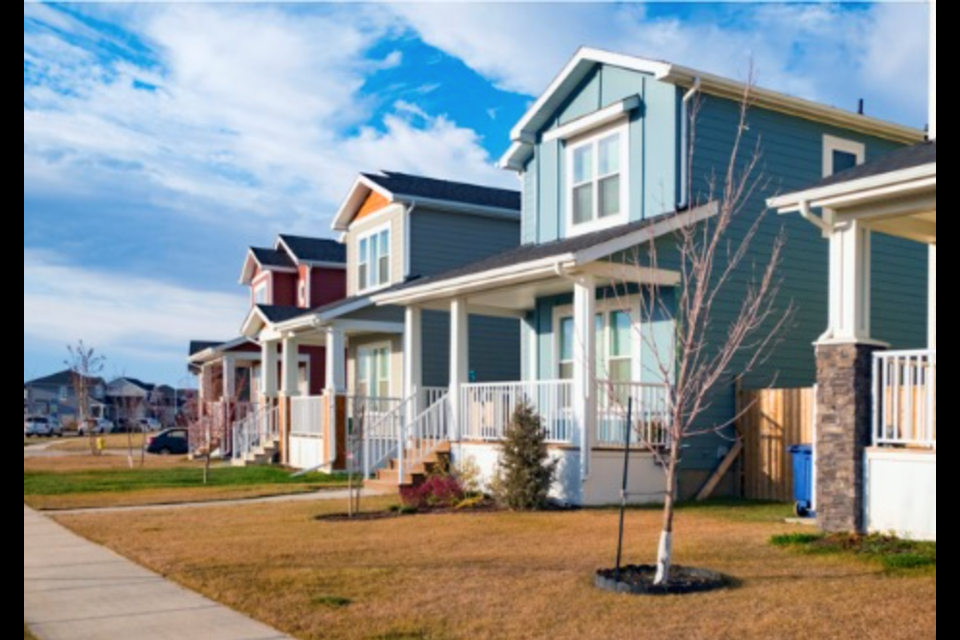Barrie homeowners have spent increasing amounts of their income on mortgages during the last decade, but it’s still affordable, says Point2 Homes Canada.
Its most recent housing unaffordability study shows the percentage of income spent on mortgages has increased by four per cent since 2010 in Barrie. In 2020, homeowners in Barrie spent 16 per cent of their income on mortgages, the study says, compared to 12 per cent in 2010.
But despite this growth, the city is below the housing unaffordability mark, which is considered to be 30 per cent of income.
Andra Hopulele, who authored the study, said there are a number of reasons mortgages in Barrie remain affordable.
“Home prices in Barrie have seen a steady and consistent increase ever since 2010, with a sharper acceleration between 2015 and 2020. So the upward trend has been there for a decade now and it has been influenced by a multitude of factors,” she said. “For starters, despite the 76.65 per cent increase between 2010 and 2020, the median home price in Barrie is still half of the median home price in Toronto.
“Many people realized that instead of living in a cramped apartment or in a townhouse in the GTA (Greater Toronto Area), they could just buy a detached house in Barrie for the same money.”
Hopulele, who is Point2 Homes’ senior writer, said Barrie’s proximity to the GTA and decent commute times, along with easy access to health care and shopping facilities, resulted in an increase in demand and, consequently, a rise in home prices.
“More recently, the pandemic and the rise of work-from-home have also made more people search for homes outside the GTA, Barrie included, putting even more pressure on the housing market there,” she said.
The demand for homes and subsequent prices are only half of the equation, however, although in Barrie’s case the more influential on affordability.
“As for homeowners’ wages, they grew at a normal rate, even faster than those at the national level,” Hopulele said. “In Barrie, owners’ median household income grew by 36.55 per cent between 2010 and 2020, while the national median income increased by a more subdued 32 per cent.
“So income growth is normal; it’s the pace of home price growth that is remarkably fast.”
Hopulele said she could not speculate on which factors could have helped income growth if not keep pace, but at least move toward keeping up with home prices in Barrie.
But this city’s mortgage affordability does go against the national trend.
The number of unaffordable markets in Canada jumped from six to 16 in the last decade, the Point2 Homes’ study says. Income increases are no match for the surging home prices in the 50 most populous Canadian cities.
And the disparity between increasing home prices and slower-moving incomes means that the number of unaffordable cities is on the rise.
The study not only shows that uneven changes in income and home prices have eroded housing affordability during the last 10 years, but that mortgages are becoming an increasing financial burden in 38 of the 50 largest Canadian cities.
The most cost-burdened city is Oakville, the study found, where homeowners spend 43.8 per cent of their income on mortgages alone. At the other end of affordability, Windsor mortgages take up just 11.4 per cent of owners’ income.
Point2 Homes Canada is an international real estate search portal.

